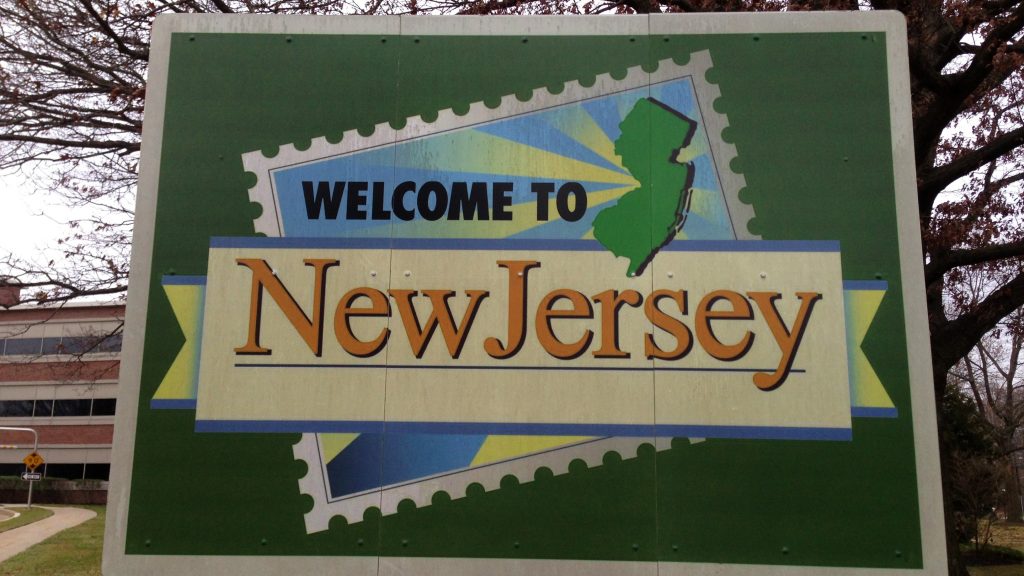Governor Proposes Massive Public School Funding Increase For Major City
A massive funding increase proposed for Newark schools seeks to bolster education gaps, but will it make a difference?

Last week, New Jersey Governor Phil Murphy laid out plans for next year’s proposed fiscal year budget. Among other things, the hefty budget proposal ramped up education funding. Most notably was the massive public school funding increase for one of the Garden States’ biggest education districts: Newark schools.
According to Governor Murphy’s blueprints outlining the budget, Newark schools would receive more than $1 billion in state aid next year. That substantial sum is an increase of about 13% from what the district received in state funds this year. Murphy, along with acting Education Commissioner Angelica Allen-McMillan and other state officials, discussed the proposed education budget at James Monroe Elementary School in Edison last Thursday night.
Detailing where the funds would be allocated, Murphy stated that Newark schools would receive about $915 million in state aid. This figure is a significant increase from last year. The funds would be added to the hefty federal COVID relief funds Newark schools already received, culminating in about $282 million in federal relief aid.

Governor Murphy addressed another need to increase state budgets for New Jersey’s state aid formula, which he claims has not been fully funded for years. School funding formulas are designed to establish the basic amount of public funding needed to be allocated to each individual school district and designates the state and local share of total revenues. Ramping up funding the state’s formula is part of Murphy’s seven-year plan to give underfunded districts, like Newark schools, the budgeting they deserve and need. But given the history of the states’ education budgets, some are skeptical.
In 2019, the Governor was giving similar speeches ramping up budget increases for some of New Jersey’s most underfunded school districts like Newark schools. According to Chalkbeat, nearly all of the state’s students in the poorest communities attended underfunded schools. Similarly, 2019 was the second year in which Murphy proposed massive budget increases for Newark. The problem, however, might lay in local funding issues.
According to analysis from the Newark-based Education Law Center, the recent infusion of state dollars still failed to close the gap in funding between wealthy and poor districts like Newark schools. Instead, they say this gap is driven by local school spending. The research director Danielle Farrie says this is due in part to the startling shortcomings in local revenue for schools.

Possibly, the funding gap level issues seen throughout New Jersey stem from the state funding formula. Established in 2008 to comply with a court ruling, the formula outlines how districts that serve more high-needs students should get more money through a mix of state aid and local revenue. But in 2019, around a quarter of the state’s school districts, like Newark schools, did not meet the funding formula’s targets. Perhaps, like a group suing the state in Pennsylvania, the funding formula is broken and not working as planned.
While the Governor hopes to send a massive funding increase to Newark school districts, not every large school district in the state will see boosts in funding next year. Jersey City schools were only proposed to receive about $185 million next year. That figure is a decrease of over a quarter to what the district received this year. Up next, Newark will propose the budget for the next school year on March 23rd. The state has until the end of June to adopt next year’s budget.



